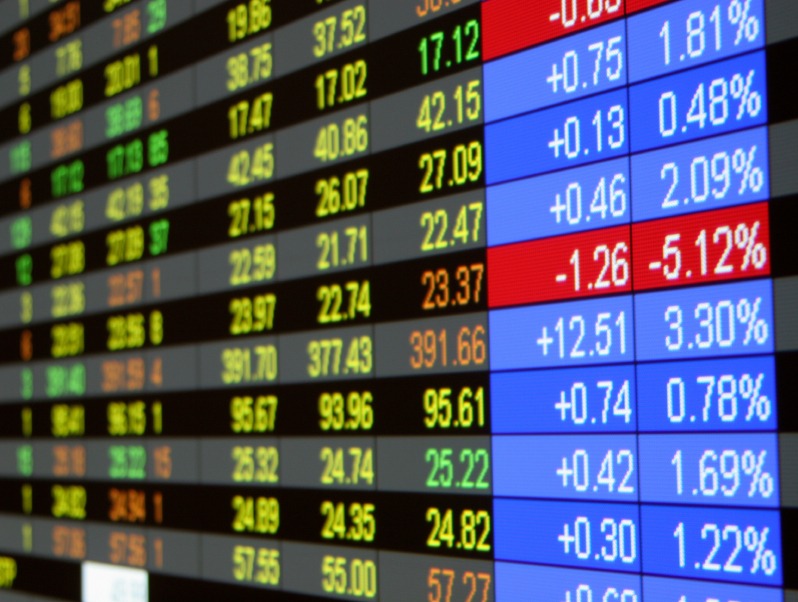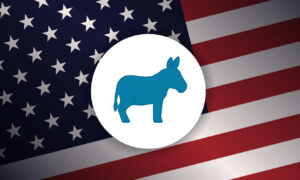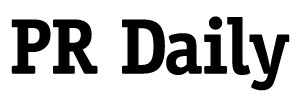The Scoop: How brands are responding to tariff volatility
Also: White House may let China keep TikTok algo control; egg lobby aims to silence critics ahead of annual Easter egg roll.

Brands and consumers are reacting to the volatile trade war escalating around the world.
“Today is an across-the-board disruption of the American economy, so anything with consumer exposure is getting creamed,” Richard Kramer, an analyst at Arete Research, told the New York Times.
In response, various brands and entire industries have wasted little time vocalizing the potential pain the duties will do to their business. Wine producers in France, for instance, have expressed concerns after the Trump administration imposed a 20% tariff. The Bourgogne Wine Board said that the U.S. is critical to the region’s wine sales, with the tariffs potentially costing Burgundy wines up to 100 million euros, according to the Associated Press.
French winemaker Vincent Dampt told the AP that the tariffs were “bad news,” though he acknowledged it could have been worse.
“I was really stressed with the possibility of having this 200% tariff,” he said, referring to the threat of even higher tariffs made earlier in the trade dispute between the U.S. and the European Union. Dampt noted that the tariffs will likely require slashing prices for the U.S. market.
Trump’s “Liberation Day” tariffs dealt a major blow to the tech sector, making it one of the hardest-hit industries. Major technology firms, including Apple, Nvidia, Microsoft, Meta, Alphabet and Amazon, lost nearly $1 trillion in market value, making it one of the sector’s worst days since the pandemic, the Times reported.
While most companies have remained quiet in response, some spoke up, including Ford which launched a campaign in response to the new 25% tariff on imported cars and auto parts. As part of this initiative, Ford is offering U.S. customers the same pricing that its employees receive for vehicles.
Why it matters:
The Wall Street Journal that the tariff moves and corresponding market shake-ups have resulted in American consumers rushing out to purchase goods in sectors across the board – from yoga pants and TVs to automobiles.
While others suspect that other big-scale items, like cars, may suffer major sales slumps.
As a result, PR teams need to be particularly strategic with their approaches. They can’t overreach or risk alienating the White House, but they need to find ways to connect with consumers amid this market uncertainty.
Ford, for example, is using a very pro-U.S. mantra as part of its campaign messaging: “From America. For America.” The promotion is on display at the top of the company website and across its social channels. The campaign also includes a TV spot voiced by actor Bryan Cranston, where he introduces the campaign as “an unprecedented moment in automotive history,” drawing attention to Ford’s significant U.S. operations.
The campaign aims to get ahead of likely price increases, according to Rob Kaffl, Ford’s director of U.S. sales and dealer relations.
“We understand that these are uncertain times for many Americans. Whether it’s navigating the complexities of a changing economy or simply needing a reliable vehicle for your family, we want to help,” Kaffl told The Drum.
For PR teams, Ford’s approach provides an example of how to address potential consumer concerns with clear, direct messaging that emphasizes company values without alienating other key stakeholders. But this also can only work for companies with certain supply chains with strong American roots and pricing flexibility – others will have to get more creative.
Other industries aren’t so lucky, though. Technology companies have been in the crosshairs of the White House, the EU and even China so they understandably aren’t in a hurry to be overly vocal about the subject. Instead, they’re allowing analysts to do a lot of the talking for them.
It’s a long-game play, Kramer said. Apple has already finalized its manufacturing plans for 2026, so it can’t avoid tariffs until at least 2027, he said.
“You cannot re-architect your supply chain in a quarter,” Kramer said.
Editor’s Top Reads
- With less than 24 hours before TikTok’s possible (but unlikely) ban in the United States on April 5, the Trump administration is considering a deal to save TikTok that would allow China to maintain control over the platform’s highly coveted algorithm. The new proposal would reportedly allow the content prediction tech algorithm to be leased to a U.S. company, according to ABC News. With the algorithm intact, brands can breathe easier, knowing they’ll retain a tool that drives engagement. Still, with uncertainty about whether a sale will happen, all eyes are on Washington for any new developments. While companies like Amazon and Oracle are still in the bidding process, concerns persist about how the future of the app will unfold; it doesn’t appear that the app will disappear again on Saturday, but it’s not impossible. The Trump administration is contemplating extending the deadline for the app’s sale through an executive order, per ABC, but there’s nothing set in stone.
- Newsmax made headlines this week with its volatile stock debut. Shares soared to $279, briefly valuing the company at over $20 billion before dropping to $52 by Wednesday, leaving its market value at around $5 billion, according to the New York Times. Newsmax has grown into a conservative media powerhouse with shows featuring figures like former Fox News host Greg Kelly and right-wing radio personality Michael Savage. While smaller than Fox News (305,000 prime-time viewers versus Fox’s 3 million), the surge in Newsmax’s stock reflects growing investor interest in Trump-linked companies, making it an appealing pitching target. However, pitching to Newsmax comes with risks. The outlet is known for controversial stories, including fanning election fraud claims, and faces a legal battle with Dominion Voting Systems over $1.6 billion in damages. Brands should weigh the opportunity to reach a targeted audience against the potential reputational damage of closely associating with Newsmax.
- The American Egg Board is switching the type of eggs for the annual White House Easter Egg Roll to address complaints about waste while prices remain high. While some have called for the event to use plastic eggs, the event will instead use small or medium sized eggs for the first time. These eggs aren’t traditionally sold in stores, and so the 30,000 eggs needed for the event won’t impact what you see on shelves. “The heart of this event is about bringing joy to children and families, and in these difficult times for egg farmers, it’s important to celebrate wherever we can,” Emily Metz, the president and CEO of the Egg Board, said in a statement. Pivoting to using eggs not sold for sale is a clever way to keep real eggs (and the farmers who produce them) as part of a beloved American tradition while nodding to the pain that egg prices are currently causing. Some will still criticize, but the small change may help change perception as eggs become an unexpected luxury food.
Casey Weldon is a reporter for PR Daily. Follow him on LinkedIn.







